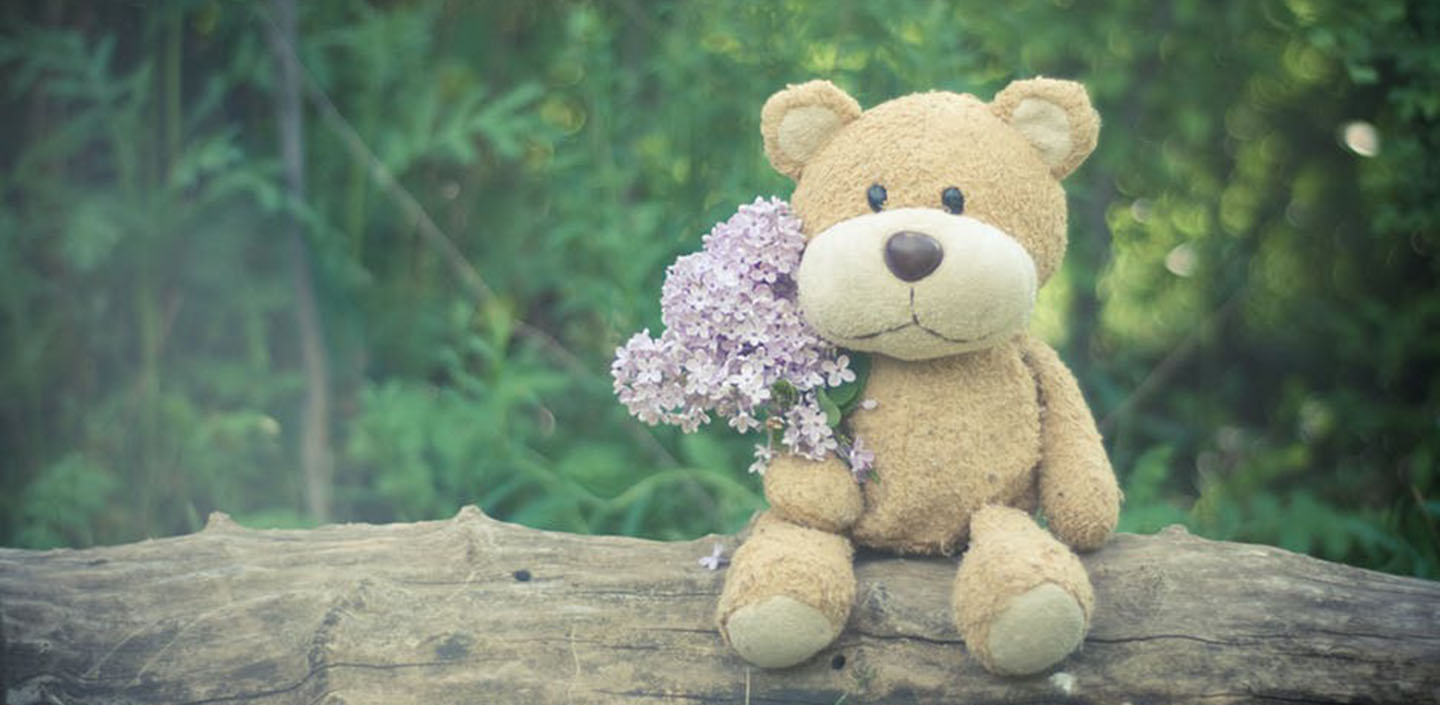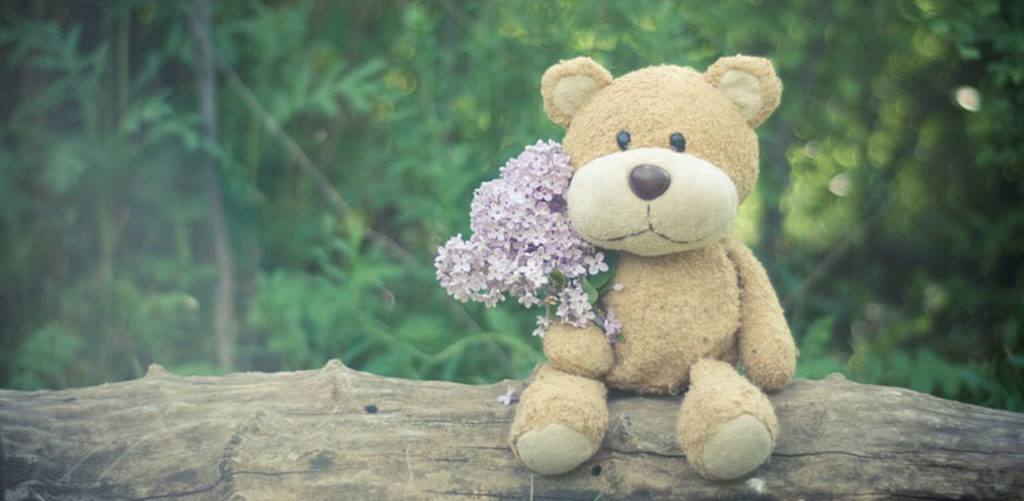“If eyes were made for seeing,
Then beauty is its own excuse for Being;…”
That was written around 150 years ago by Ralph Waldo Emerson, “On being asked, whence is the flower…”
Hang with me a second; I’m not going to let Emerson get away with using “whence.”
But first…
A year ago when our daughter became engaged, we figured we would not plant flowers this spring. Saving money for the wedding and all.
So about two months ago, my spousal unit said something along the lines of, “It sure would be nice if we had a few flowers and things in the backyard like you always plant.”
I said something like, “I know. Wedding and all though. But yes, it would be.”
Maybe a month ago she said the same thing. I might have nodded.
And then a couple of weeks ago, she mentioned that just a few flowers sure would be pretty, that I planted them so well and picked them out so well and took care of them so good, and then it made sense: I was being asked to plant some stuff, and it would be wise if I actually did.
So I did. Not bunches, but some. Not as many as usual, but enough.
The past two weekends I had some time off and went to the flower store and came home and found my spade and made it happen. And besides my spousal unit asking me to, there was another reason.
Back to Emerson: I’ll agree that “On being asked, whence” is a bit verbose, and if not that, then high-falutin’. The flower contemplated was a rhodora, sort of an azalea without leaves. Unless you’ve ever read the poem you wouldn’t know it’s called “The Rhodora,” and why would any of us possibly care.
But ….
The point is worth thinking over. “Beauty is its own excuse for being” is one for the money. Whether or not we can figure out the “why” of beauty isn’t the point. Things are pretty to us because they are. Not many of us take enough time to notice, but that doesn’t keep things from being beautiful, for their own sake.
The 2018 Masters should end today in Augusta, Ga., on a piece of property that opened in the 1850s as Fruitland Nursery. You should see what they’ve done with the place since. If Emerson were here today, he could whence and wherefore until the cows come home, writing about the pines and azaleas and magnolias.
They never get tired of “adding pretty” around here.
My yard would not be poem worthy, mainly because it’s just a few plants and because I can’t think of anything to rhyme with celosia, a few of which I planted in an old gas grill; they bloom in plumes of orange and yellow and red, and look a lot like the top of a Smurff’s head.
In one container is Persian shield, deep purple and green, plus some spike grass and vinca.
King Coleus is another plant that’s easy and makes you look like you know what you’re doing. I got the Kong Mosaic and Kong Red and Kong Rose.
There are some Gerbera Daisies around the porch—they come in many colors—and some hanging baskets of pink and white and red vinca, and some other baskets of sweet potato vine. Asparagus fern is easy to plant and grow too; it complements just about any flower you wish to plant.
Other easy starter-kit plants are ornamental grasses, like Cordyline Red Star or Pennisetum Fireworks. Ornamental grasses have really grown on me.
You can stick some lantana in the ground and come back in six months, and what was fist size will be as big as your car engine, lots of little bundles of blooms of yellow or red or purple or my favorite, “Sunrise Rose,” a mix of bubble gum and yellow. It loves the heat and not too much water.
If you need an excuse to plant flowers—like maybe your spousal unit asks you to—that’s more than good enough. But you don’t need one. Either way, pretty is going to keep on being pretty with your help or without it. Whence, go forth and plant.

